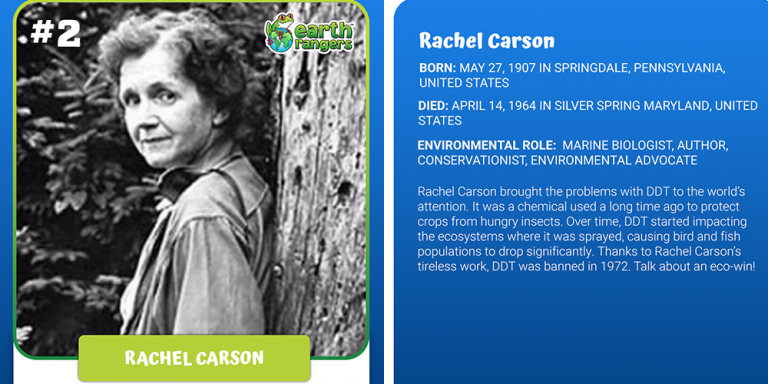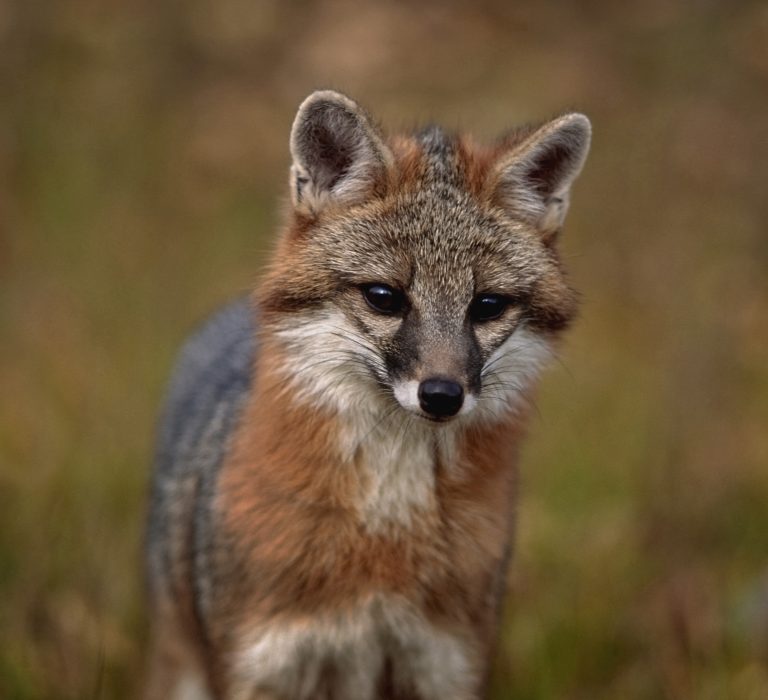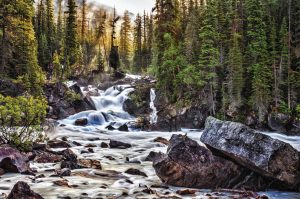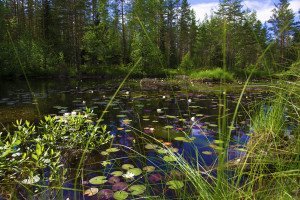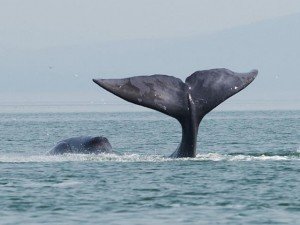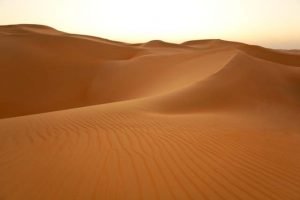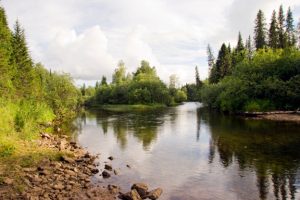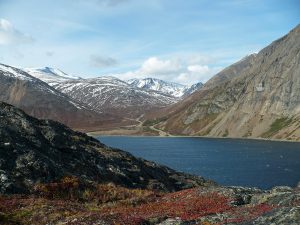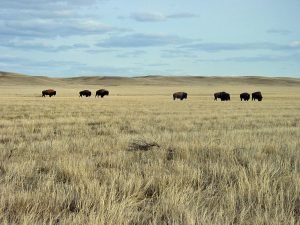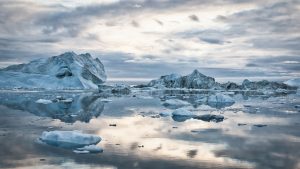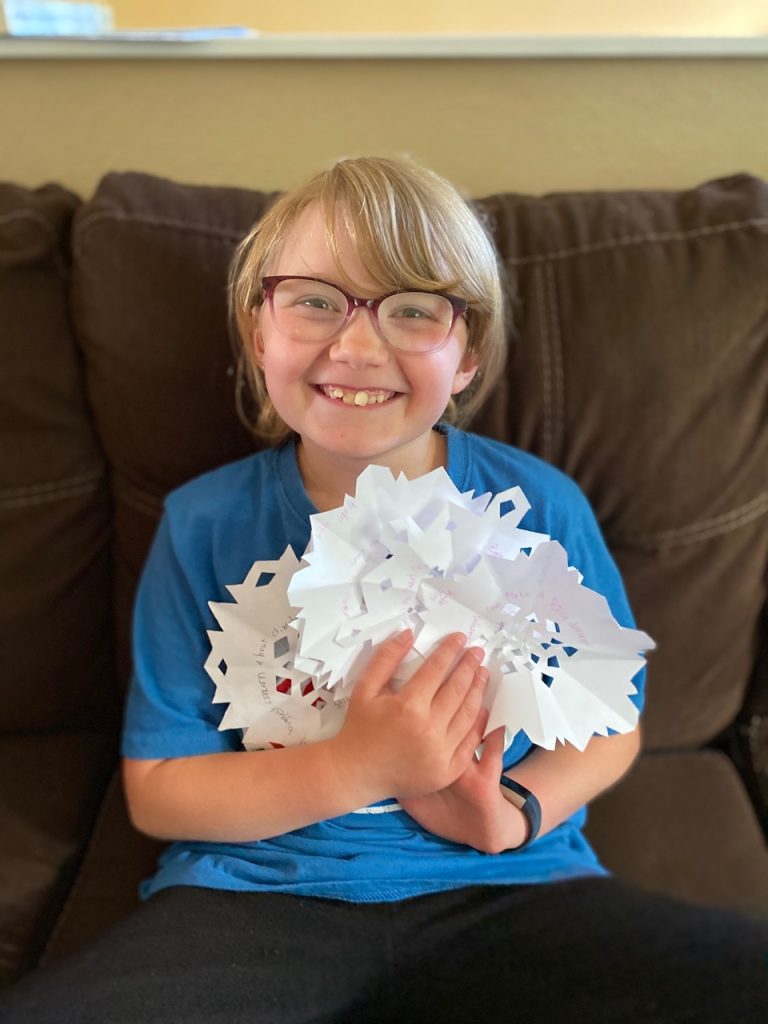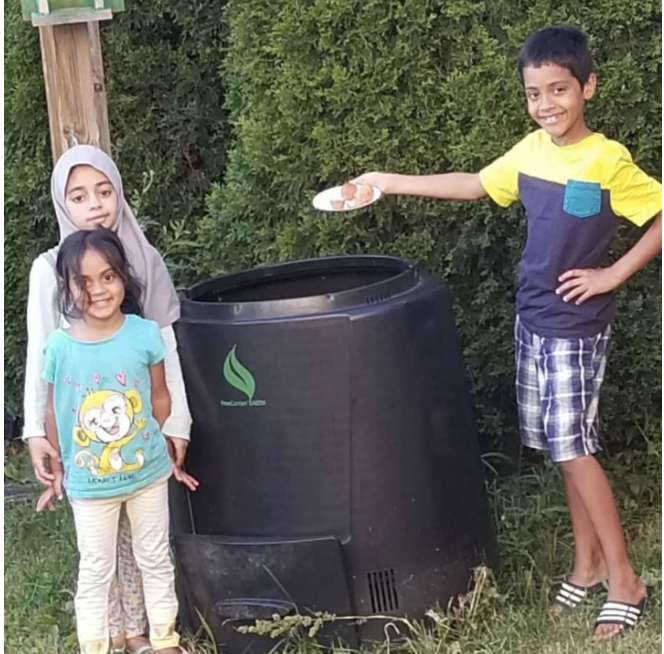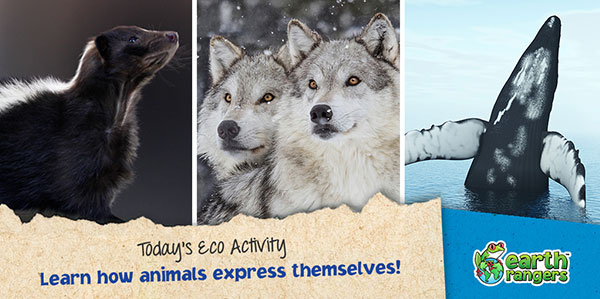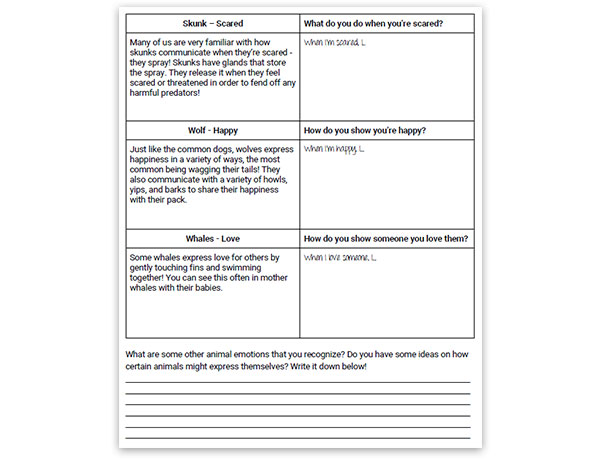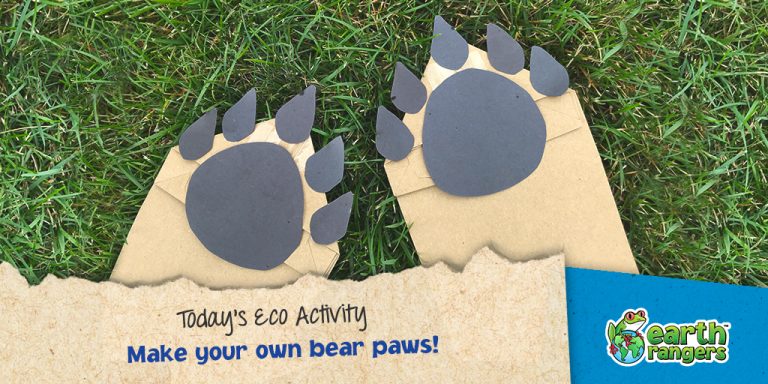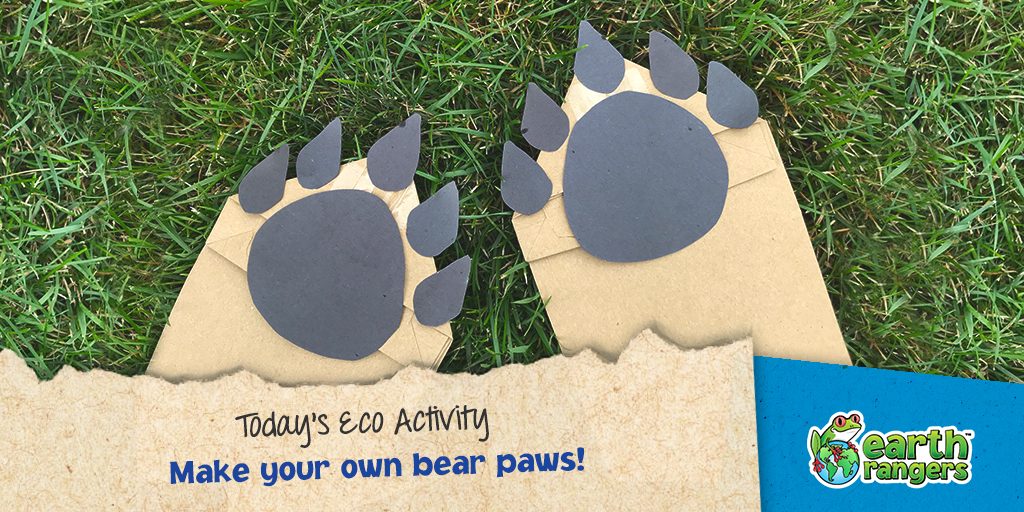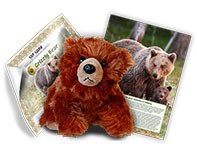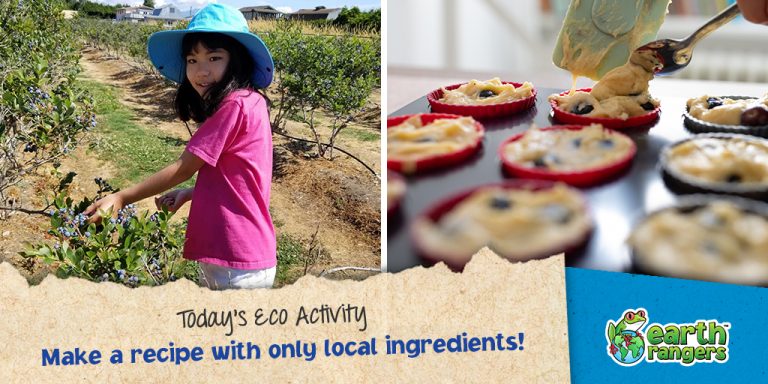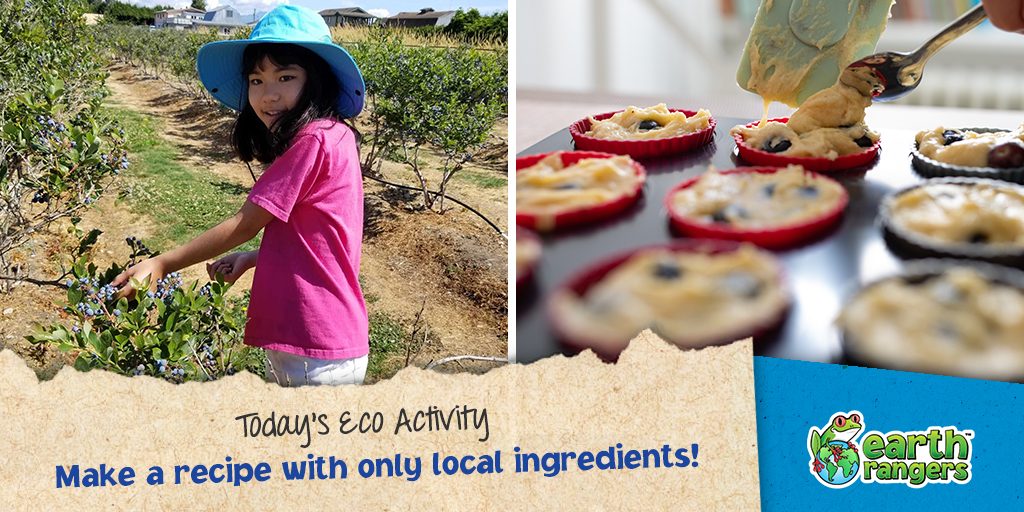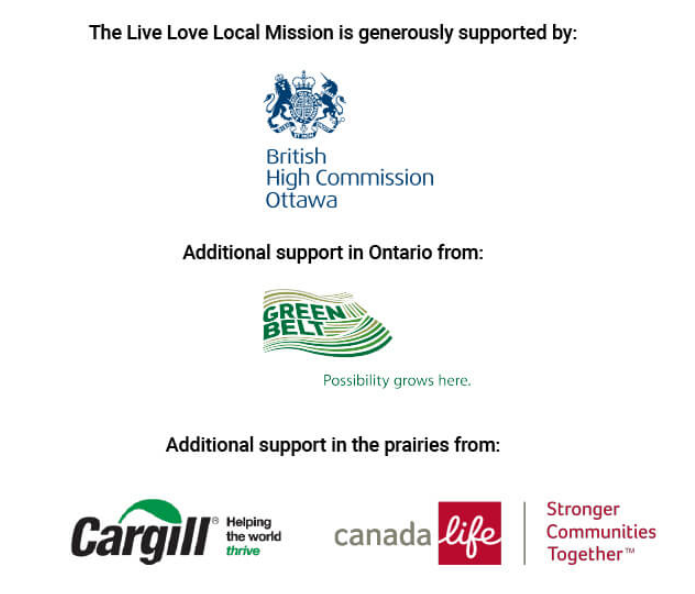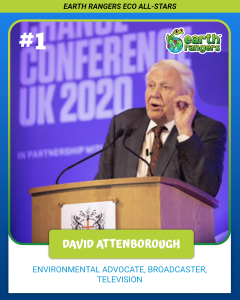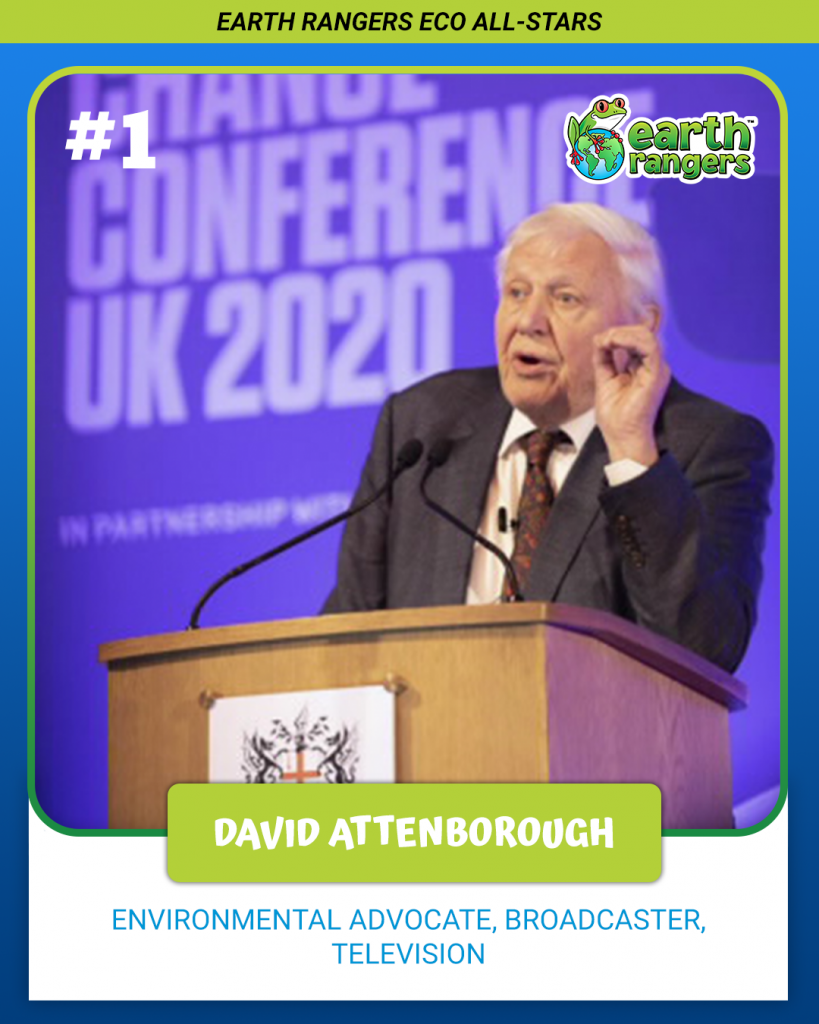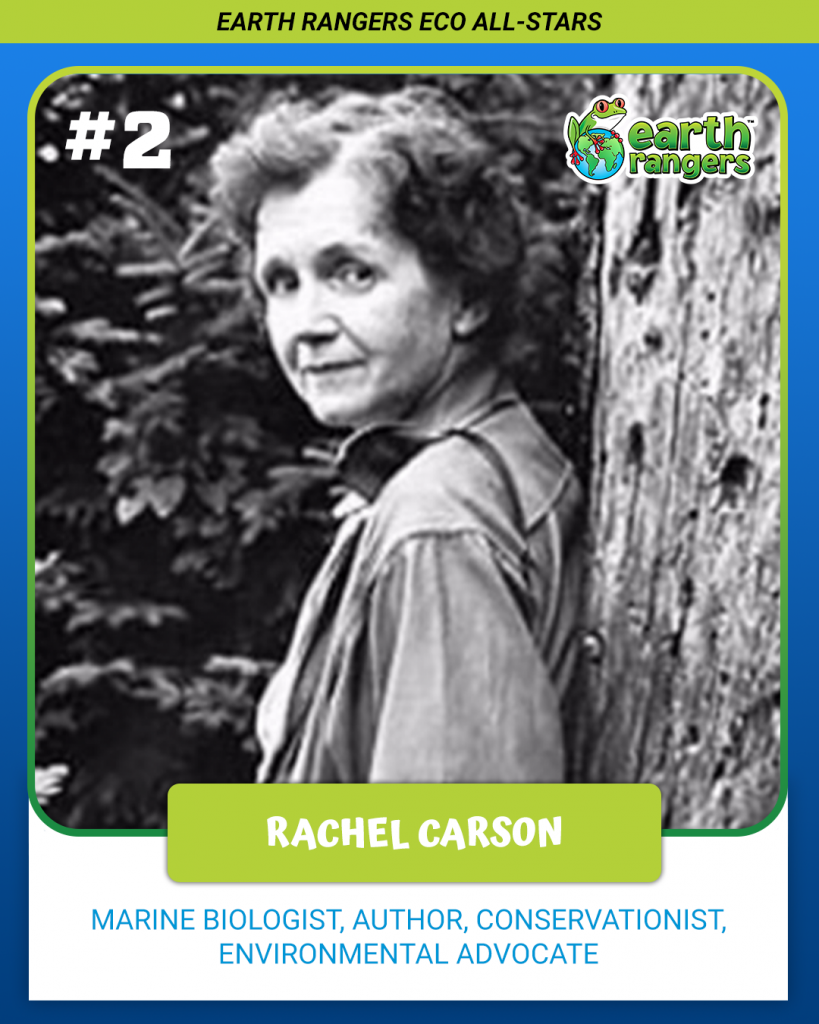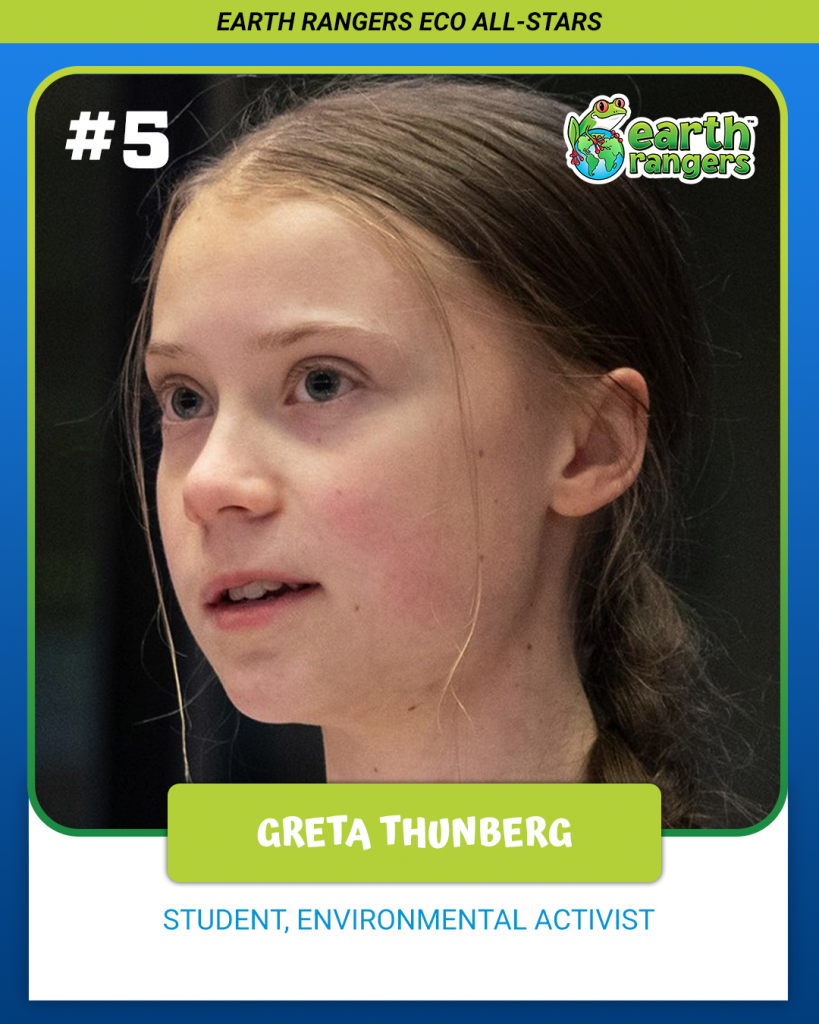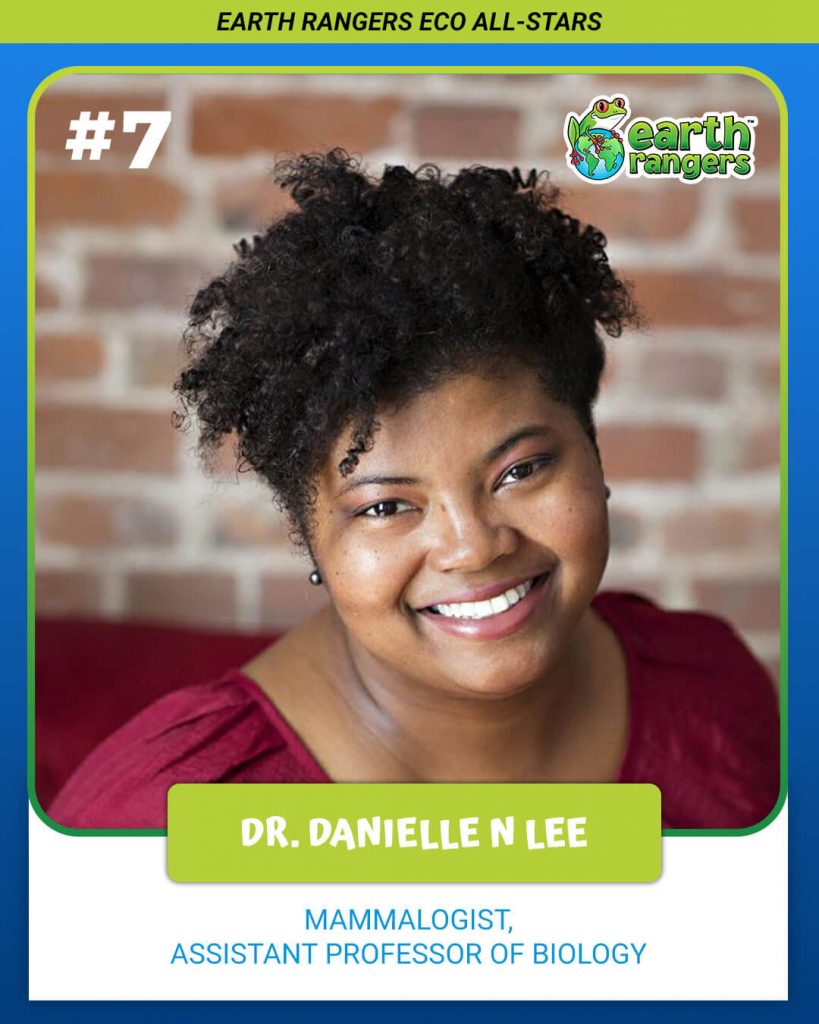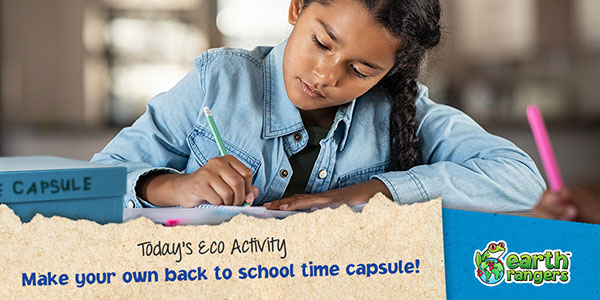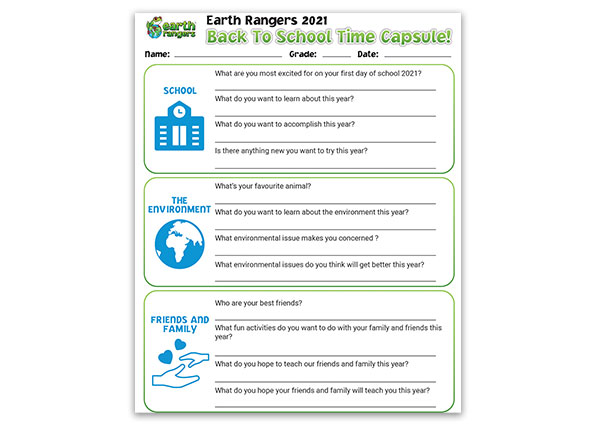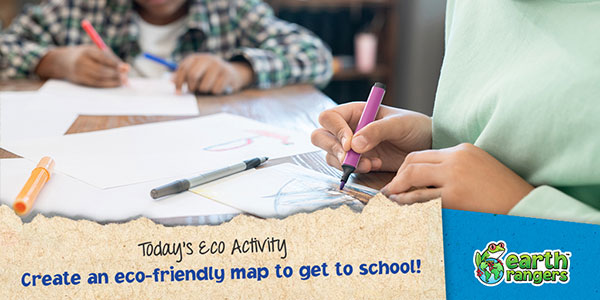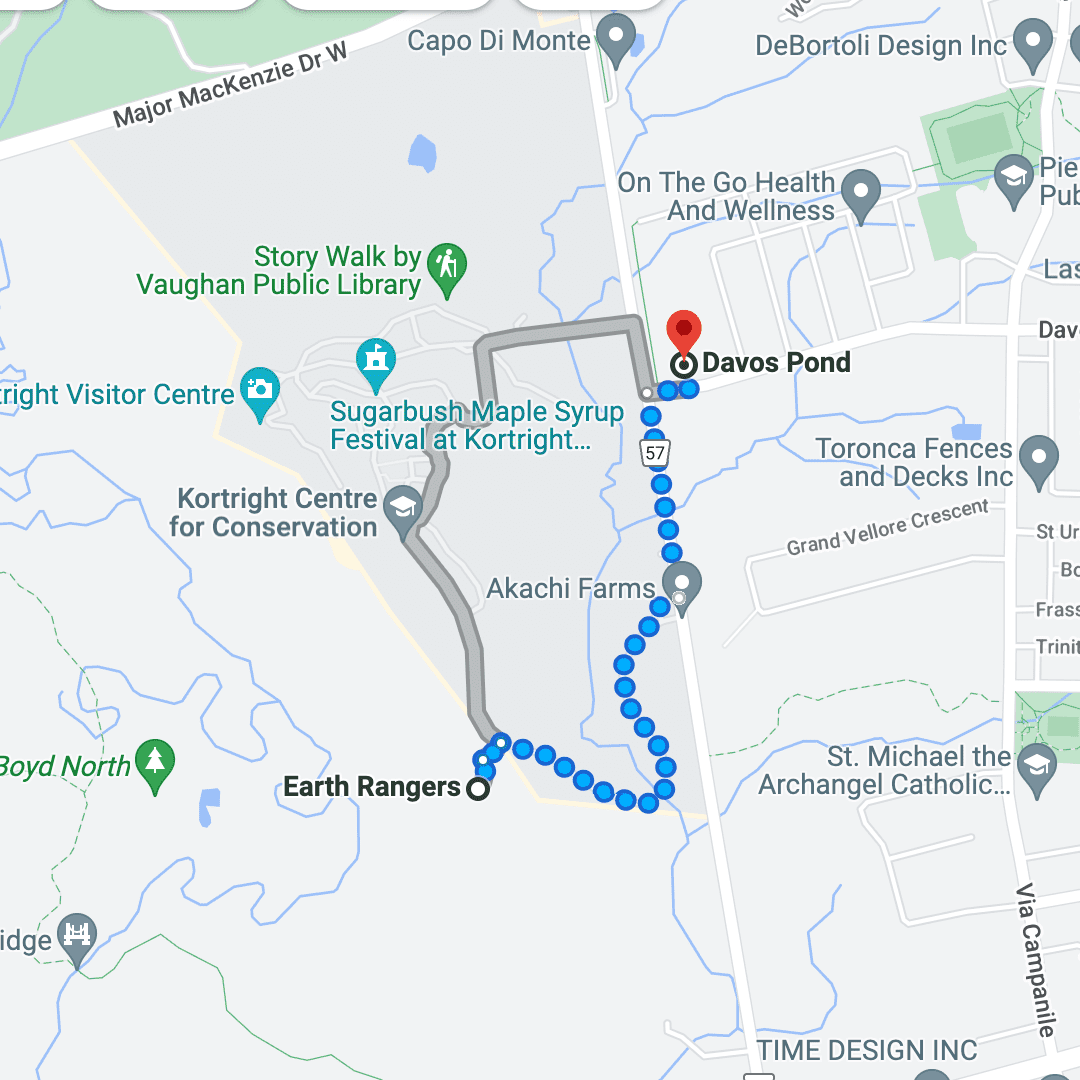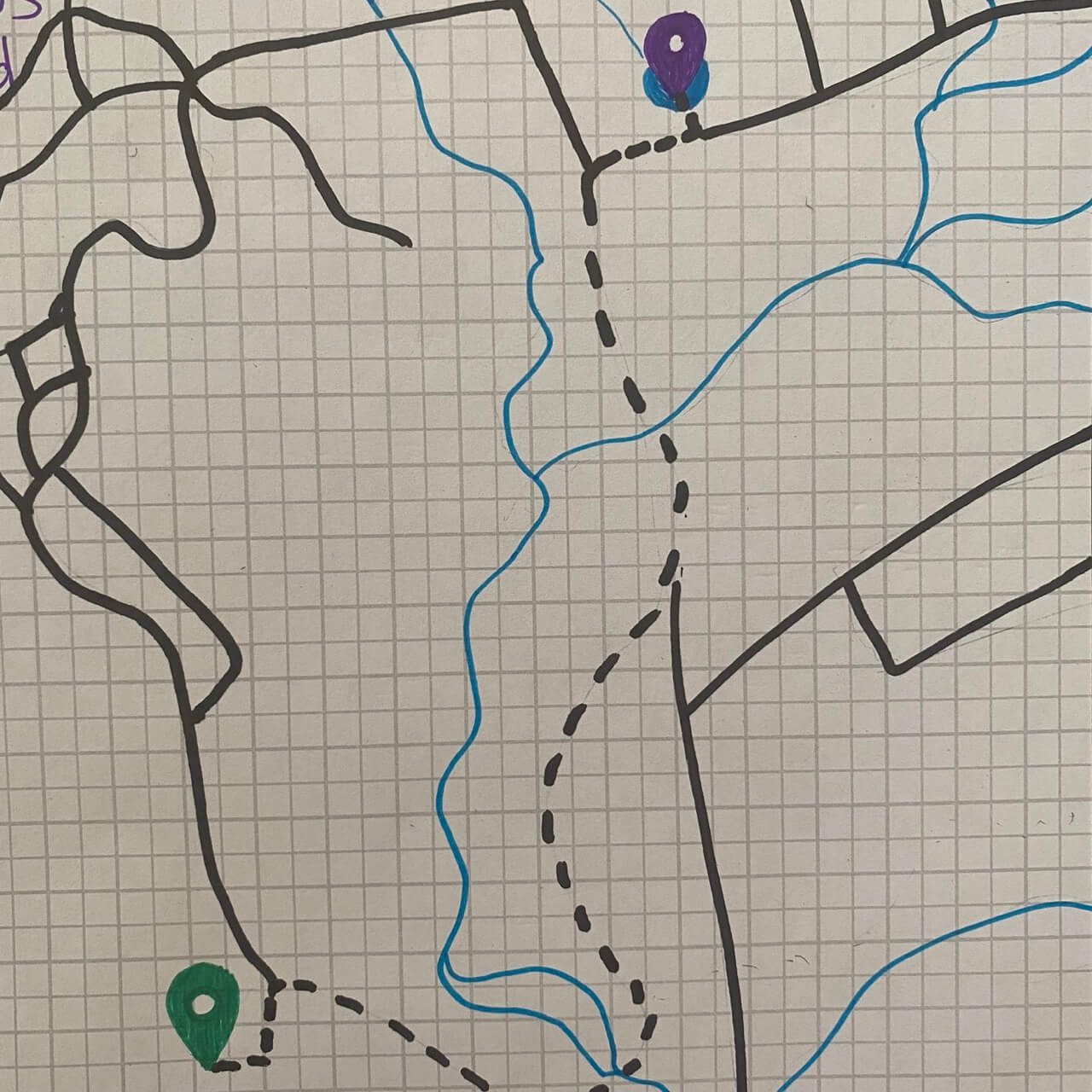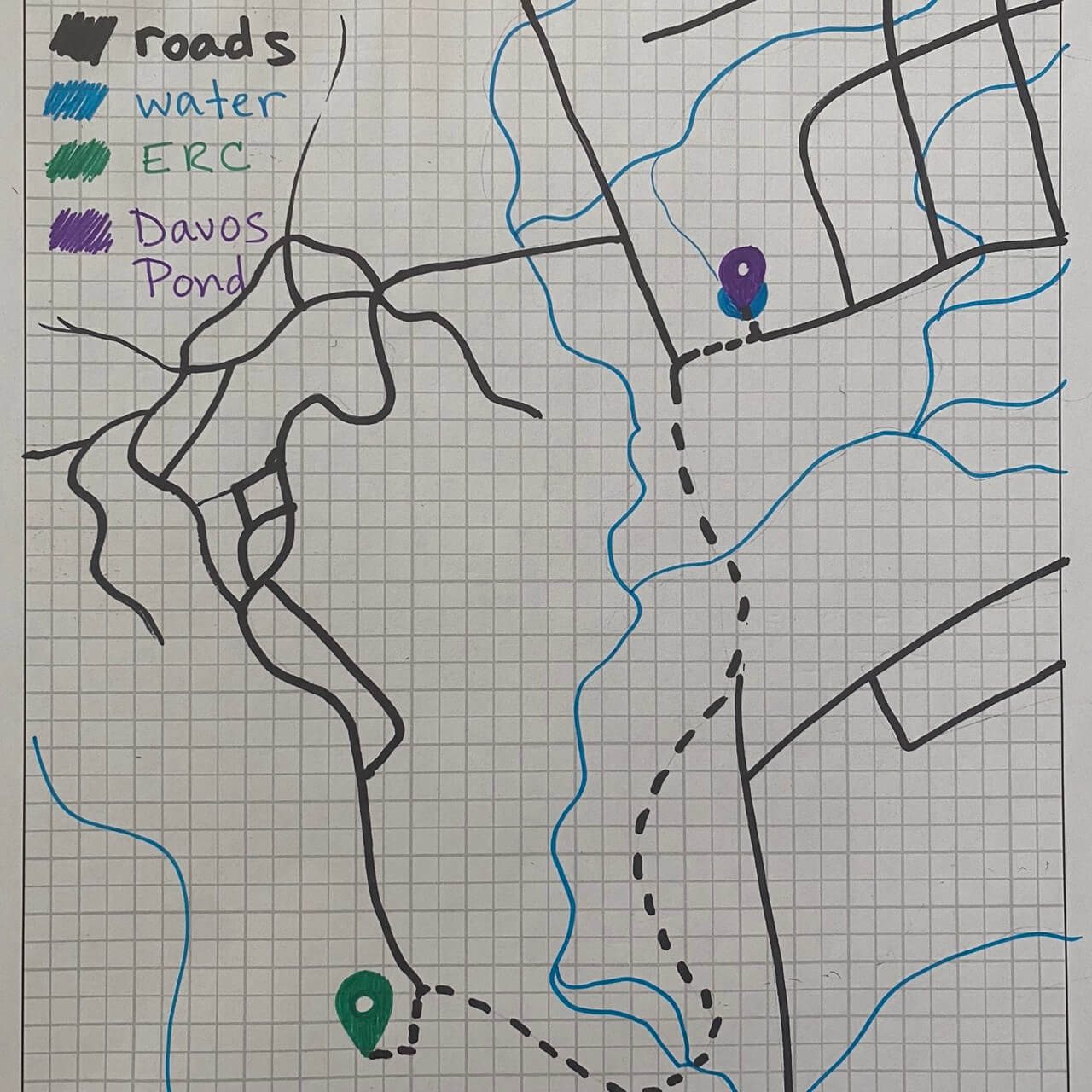Have you started your Eco All-Star Card Collection? Learn all about it here!
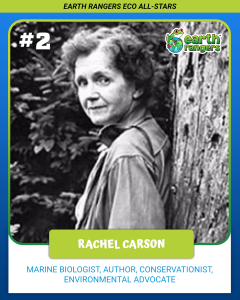
Name: Rachel Carson
Born: May 27, 1907 Springdale, Pennsylvania, United States
Died: April 14, 1964 Silver Spring Maryland, United States
Environmental Role: Marine biologist, author, conservationist, environmental advocate
Rachel Carson brought the problems with DDT to the world’s attention. It was a chemical used a long time ago to protect crops from hungry insects. Over time, DDT started impacting the ecosystems where it was sprayed, causing bird and fish populations to drop significantly. Thanks to Rachel Carson’s tireless work, DDT was banned in 1972. Talk about an eco-win!
Rachel Carson Eco All-Star Fast Facts:
1. She is known as one of the best nature writers of the 20th Century. She has written many books, but her most famous is ‘Silent Spring’ about her fight to get DDT banned.
2. She made significant steps within the world of environmental science, particularly for women in science!
3. She is known as the ‘Mother of environmental movements’ because of her willingness to fight so strongly to protect the environment.
4. In school, she studied marine biology (all about sea life).
5. She was awarded the Presidential Medal of Freedom in 1980 for her environmental work.
Rachel Carson’s work as an environmentalist has made a huge difference for nature as we know it! Without her, who knows what our ecosystems would look like now! She serves as a role model for all aspiring environmentalists, and has definitely taught us a lesson or two about protecting the environment.
Collect this card by leaving a comment telling us what you admire most about Rachel Carson!


